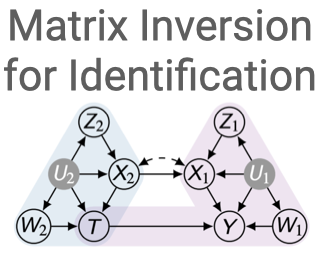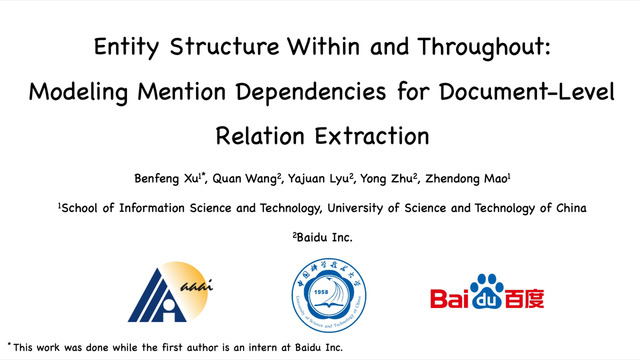Abstract:
Causal discovery, the task of automatically constructing a causal model from data, is of major significance across the sciences. Evaluating the performance of causal discovery algorithms should ideally involve comparing the inferred models to ground-truth models available for benchmark datasets, which in turn requires a notion of distance between causal models. While such distances have been proposed previously, they are limited by focusing on graphical properties of the causal models being compared. Here, we overcome this limitation by defining distances derived from the causal distributions induced by the models, rather than exclusively from their graphical structure. Pearl and Mackenzie [2018] have arranged the properties of causal models in a hierarchy called the ``ladder of causation'' spanning three rungs: observational, interventional, and counterfactual. Following this organization, we introduce a hierarchy of three distances, one for each rung of the ladder. Our definitions are intuitively appealing as well as efficient to compute approximately. We put our causal distances to use by benchmarking standard causal discovery systems on both synthetic and real-world datasets for which ground-truth causal models are available.









































